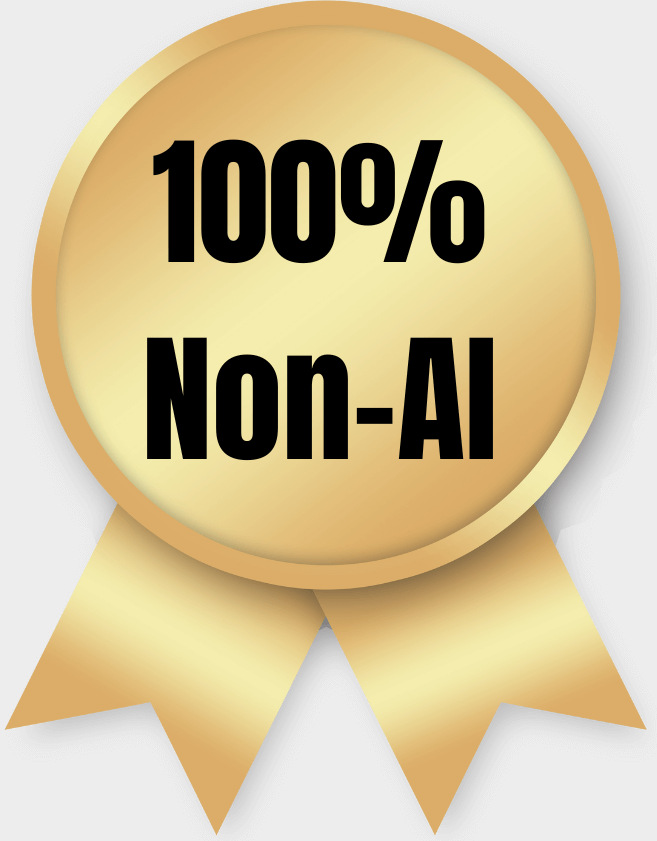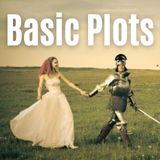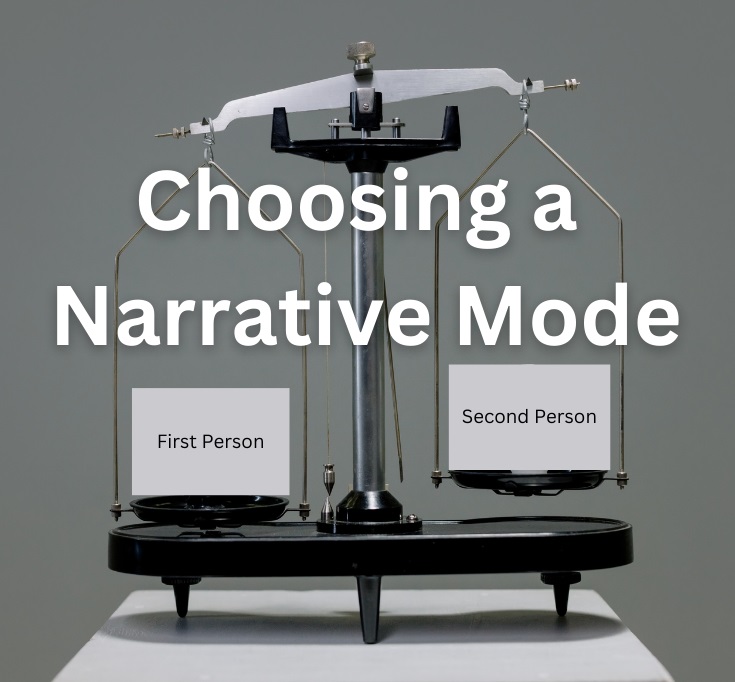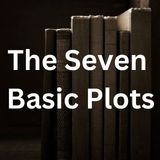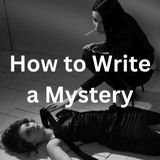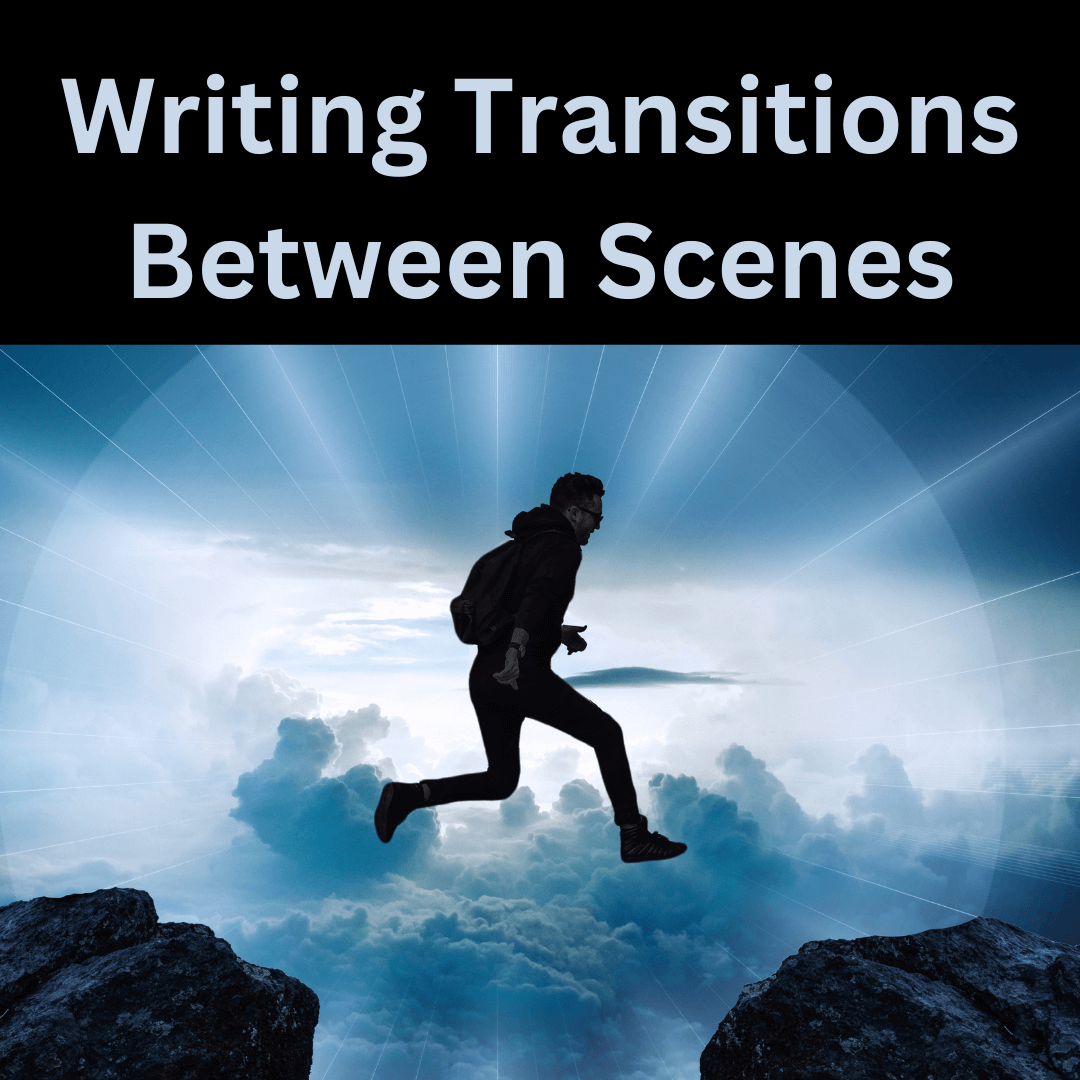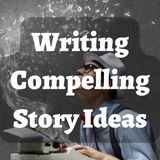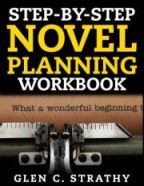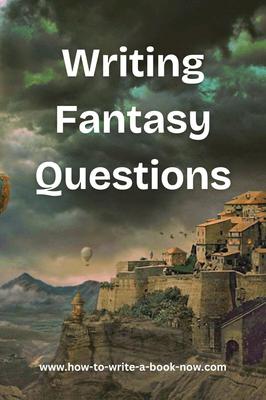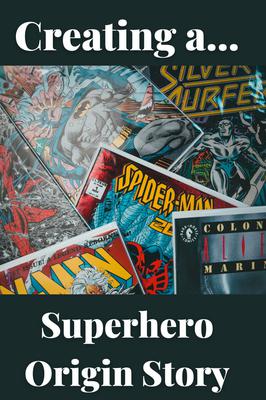Introducing the villain
by Peircen Williams
(Auburndale, FL, USA)
I've been trying to figure what point in my novel I should be introducing the villain. I am 16 and completely new to writing but I have an outstanding imagination that I feel is going to waste so i decided to write a fantasy novel series. In my series the main character is a 15 year old boy who has just recently discovered that he is the general of one of six powerful armies in a parallel world. Each army can control one of six elements (fire,water,air,earth,light,darkness) and he has the army of fire. He is supposed to go and seek out these six ancient weapons that if they fell into the wrong hands it could mean the end of both worlds. This will go on for about 7-8 books the main problem i have is adding in the villain who he meets in the first book. The villain is an ancient spirit who once controlled the army of darkness (the evil army). He is supposed to take over someone's body and use it as a vessel and tries to stop the hero. I am not sure when to add him in exactly i want to add him in at the end when he obtains the first weapon but I'm worried that that will seem bad or not since he only shows up at the end and disappears just as quick. When do you think it would be a good idea to add him in?
Answer: If the villain is the big threat in the story -- the reason why the hero is going to go to the trouble of finding all these ancient weapons, then it may be a good idea to introduce the villain early on. It would be a way of letting the reader know something is at stake. This might be done in a prologue that takes place before the main character enters the story, or you could have an
Throughout the series, you will want to introduce forewarnings -- signs of what may happen in the world if the villain wins. This gives the story a sense of urgency. They can be as simple as showing the villain making progress toward his goal.
It also makes a difference if your villain is also your impact character.
In addition to the overall story problem (e.g. finding one of the weapons), your main character in each book should face an inner conflict. He is not at peace about something. He is pressured to change, to become something different, to adopt a new approach to dealing with problems etc. This conflict builds towards his personal crisis, where he must decide whether or not to change.
The choice he makes will determine if he can achieve the story goal. There's no knowing what the right choice is ahead of time. That's the fun part.
In order to create that inner conflict, you need to put an impact character into the story. This is someone who has a completely different approach than the main character. Seeing this person in action causes the main character to wonder if his usual approach is the right one, or if he should change and follow the impact character's example.
In some stories, the villain is also the impact character. In this case, you need to have the villain present throughout the story, so he can pressure the main character to change. (This is most common in stories where the main character stays steadfast, because to change would mean becoming like the villain.)
In other stories, the impact character is someone else in the main character's life - a friend, a mentor, a love interest, etc. (This is more common in stories where the main character changes.) Again, this character should be present throughout the story, so he/she can cause the main character to doubt himself.
Comments for Introducing the villain
|
||
|
||
|
||
|
||
- Home
- Character Questions
- Introducing the villain
